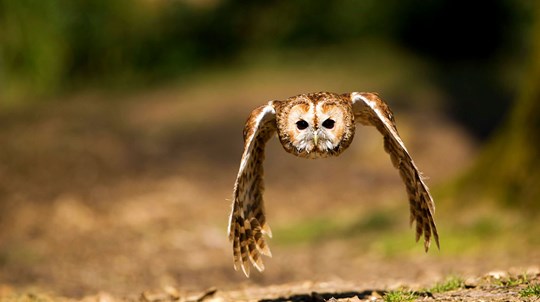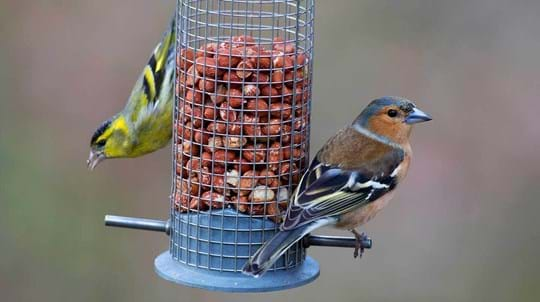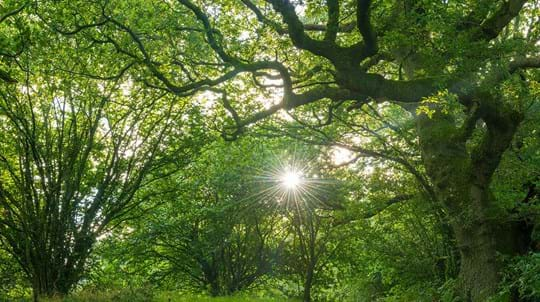
Credit: Jim Hallett / naturepl.com
How do mistle thrushes breed?
These birds usually breed from February to May, with the female building a big, messy nest in the fork of a tree. Mistle thrush nests are made out of mud, leaves and grasses. Around 3-6 eggs are laid, hatching after two weeks. Chicks fledge after approximately 15-20 days.










